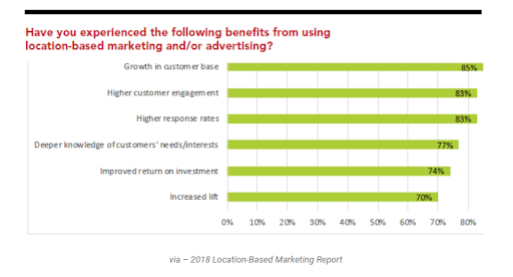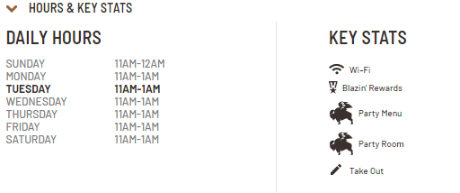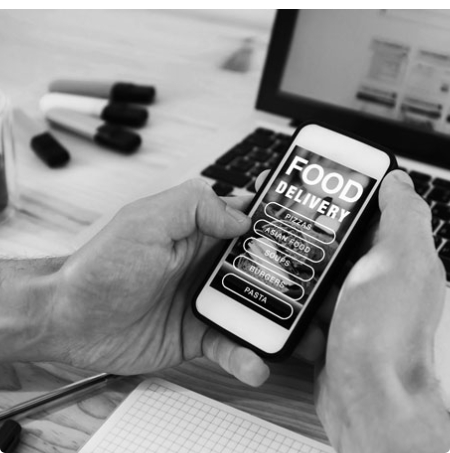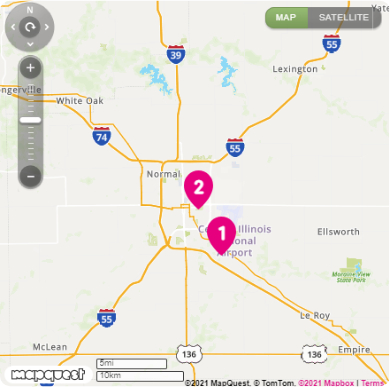Even though consumers are thrilled to dine out again, demand for digital ordering, delivery, and carryout isn’t declining. Instead, a Bluedot report finds, 78% of consumers "plan to continue their current dining habits even after the pandemic subsides."
To capture their business, restaurateurs must adapt to changing consumer behavior and explore ways to accommodate and market to their needs. However, gaining visibility via social media and search engines isn’t easy. One solution to this problem is geomarketing.
Location-based marketing helps you attract new restaurant guests, build customer loyalty, and boost efficiency. In return, you can improve margins while increasing your return on investment (ROI).
This post will provide a comprehensive rundown of geomarketing, including an explanation of why location intelligence is essential, how to create a revenue-driving strategy, and tips for skyrocketing sales using the latest tactics proximity-based marketing tools and platforms like MapQuest for Business.




